During the summer, a climatic duality characterizes the Japanese archipelago: vibrant seasonal dynamism juxtaposed with high ambient temperatures and humidity. In response to these environmental factors, Japanese culinary traditions have evolved over time. These traditions offer more than just gustatory satisfaction; they also provide crucial physiological adaptations through a category of cuisine known as Summer Japanese Food (Natsu no Nihon no Tabemono – 夏の日本の食べ物).
The Distinctive Nature of Summer Japanese Food
The culinary offerings speciThe culinary offerings specific to Japanese summers, which constitute Summer Japanese Food, feature several intrinsic characteristics that address the physiological stresses the season induces:
Stamina Fortification: Certain constituents of Japanese summer food traditionally provide purported ergogenic properties, aiming to bolster energy reserves and counteract summer-induced fatigue (natsubate 夏バテ). Summer Japanese Food thus plays a paramount role in maintaining well-being. The culinary offerings specific to Japanese summers, which constitute Summer Japanese Food, feature several intrinsic characteristics that address the physiological stresses the season induces:
Thermoregulatory Properties: A significant portion of Japanese summer cuisine provides a cooling sensation, thereby assisting in the homeostatic regulation of body temperature.
Hydration and Electrolyte Balance: Ingredients intrinsic to summer dishes frequently contain high water content and essential minerals, serving to replenish bodily fluids and electrolytes that perspiration depletes.
Appetite Enhancement: During periods where elevated temperatures may suppress appetite, specific flavor profiles, textural variations, and aesthetic presentations inherent in summer cuisine stimulate gustatory interest.
Core Components of Summer Japanese Food
As corroborated by culinary compendia like foodinjapan.org, several iconic dishes and ingredients constitute the foundational pillars of the food gastronomic experience. Understanding these components is key to appreciating Summer Japanese Food.
1. Somen (素麺) – An Archetypal Chilled Noodle
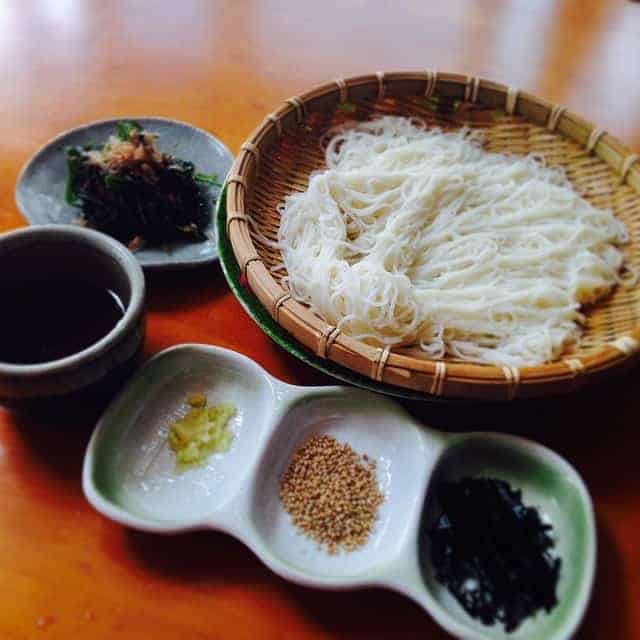
- Description: Integral to the experience of Summer Food, Somen consists of exceptionally fine, white wheat flour noodles. Customarily, they are boiled, then subjected to rapid cooling in iced water, and presented with a chilled dipping sauce, tsuyu.
- Seasonal Significance: Their principal allure resides in their profound cooling effect and exceptionally smooth texture, offering immediate thermic relief. Somen is a light and refreshing example of Summer Food.
- Modes of Consumption: Frequently served with an assortment of condiments (yakumi), enhancing their refreshing qualities.
2. Hiyashi Chuka (冷やし中華) – A Vibrant Chilled Noodle Composition in the Summer
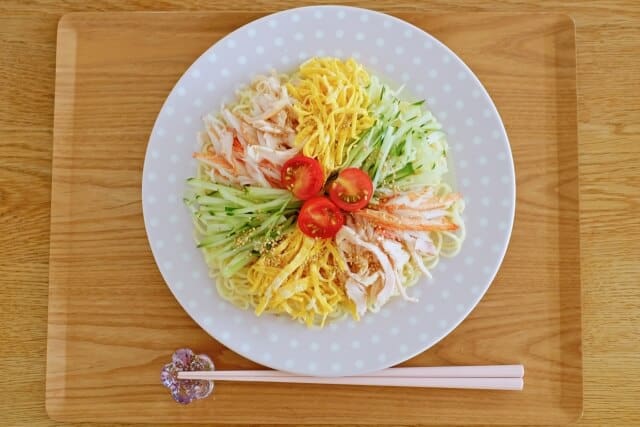
- Description: A uniquely Japanese chilled noodle preparation, featuring ramen-style wheat noodles, artfully adorned with a polychromatic selection of toppings, all harmonized by a piquant dressing. This dish is a hallmark of Summer Japanese Food.
- Seasonal Significance: The dish’s enduring appeal is attributable to its invigorating flavor profile and the synergistic combination of varied textures and nutrients.
3. Unagi (鰻 – Freshwater Eel) – The Quintessential Stamina-Enhancing
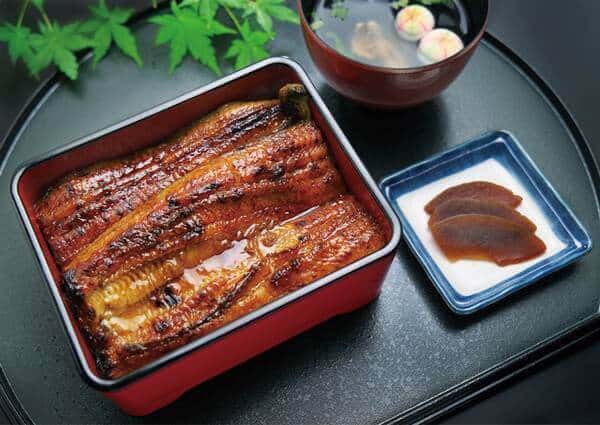
- Description: Freshwater eel is esteemed for its dense nutritional composition. Its consumption is culturally accentuated around Doyō no Ushi no Hi.
- Seasonal Significance: Historically consumed to mitigate summer-induced lethargy, unagi is venerated as a potent sutamina shoku, a key category within Summer Japanese Food.
4. Kakigori (かき氷) – The Evolving Shaved Ice Dessert
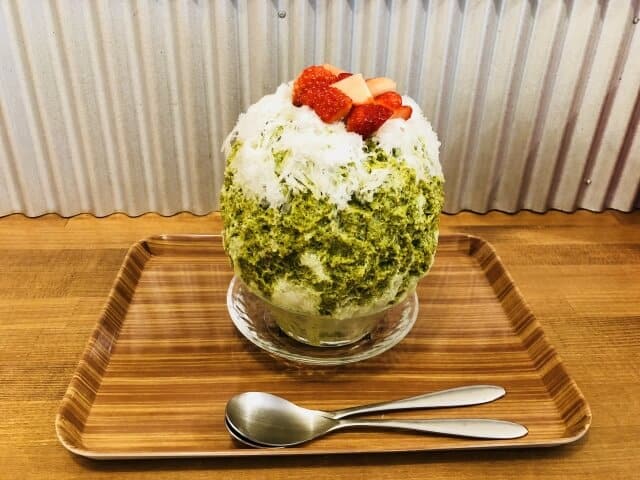
- Description: A quintessential summer dessert, kakigori is composed of meticulously shaved ice, traditionally anointed with a spectrum of flavored syrups. It stands as a symbol of Summer Japanese Food refreshment.
- Seasonal Significance: Its fundamental characteristic is its pronounced cryothermic effect, rendering it an indispensable palliative during the fervid months.
5. Natsu Yasai (夏野菜 – Summer Vegetables) – Seasonal Produce Central
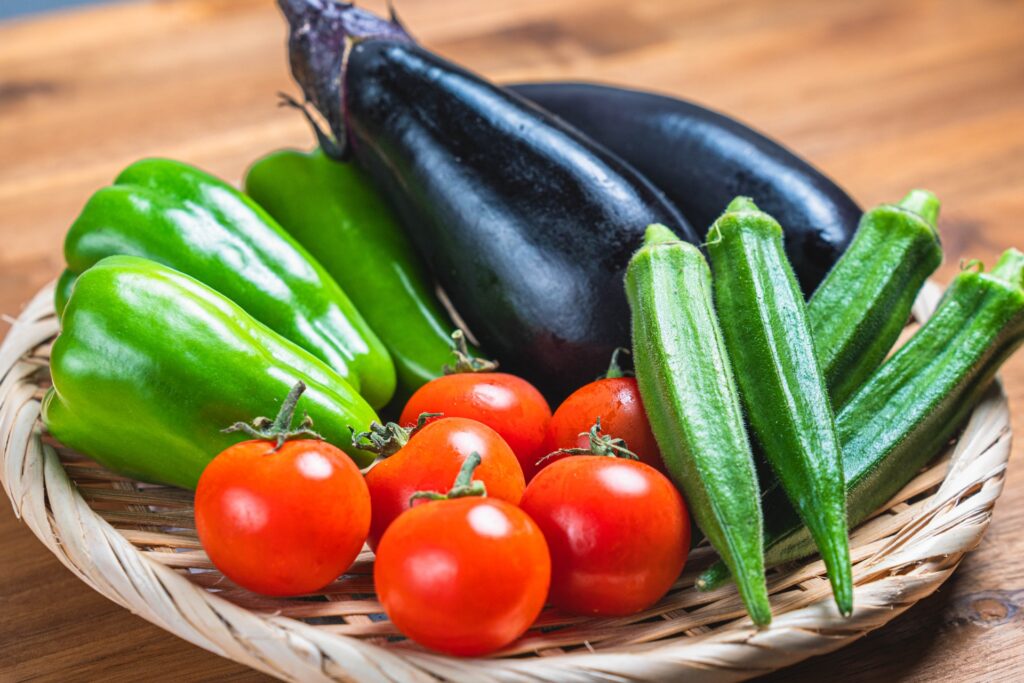
- Description: Vegetables reaching their seasonal apogee during summer form a vital component of Summer Japanese Food. These include cucumber, tomato, eggplant, and others.
- Seasonal Significance: Many summer vegetables are distinguished by their elevated water content and possess innate cooling properties. The diversity of these vegetables contributes significantly to Japan’s seasonal cuisine.
6. Edamame (枝豆) – The Ubiquitous Summer Legume in Summer Japanese Food
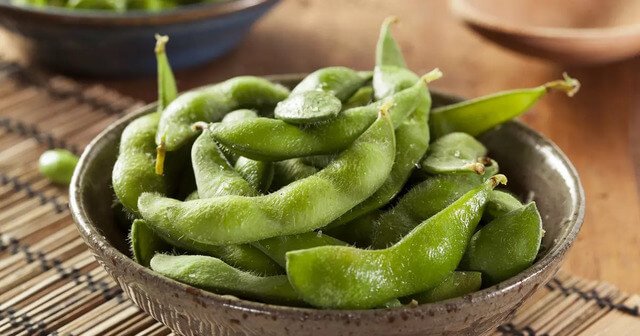
- Description: Immature soybeans, typically blanched or boiled, are a simple yet profoundly satisfying element of Summer Food.
- Seasonal Significance: Representing a valuable source of nutrients, edamame contributes to well-being during summer.
7. Mugicha (麦茶 – Barley Tea) – The Standard Summer Infusion
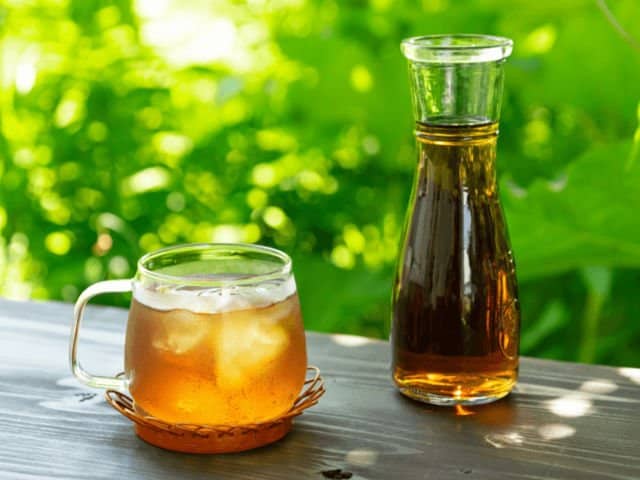
- Description: A caffeine-free infusion derived from roasted barley kernels, characterized by its distinctive nutty and toasted aroma.
- Seasonal Significance: Widely imbibed across all age demographics, mugicha facilitates hydration, making it an essential beverage alongside Summer Japanese Drink.
Expanding the Palette of Summer Japanese Food

Beyond these foundational elements, the Japanese summer culinary repertoire, as detailed by foodinjapan.org and other authoritative sources, encompasses further noteworthy selections that enrich the Summer Japanese Food experience, showcasing the breadth of Summer Food.
- Hiyayakko (冷奴): Chilled silken tofu, offering a light, protein-rich, and refreshing option.
- Tokoroten (ところてん): A gelatinous food derived from seaweed, esteemed for its unique texture.
- Ayu (鮎 – Sweetfish): A highly prized seasonal river fish, emblematic of summer.
- Suika (スイカ – Watermelon): The archetypal summer fruit, valued for its substantial water content.
- Ramune (ラムネ): A carbonated soft drink, widely associated with summer festivities.
Immersive Summer Japanese Food Experiences
Beer Gardens (ビアガーデン)
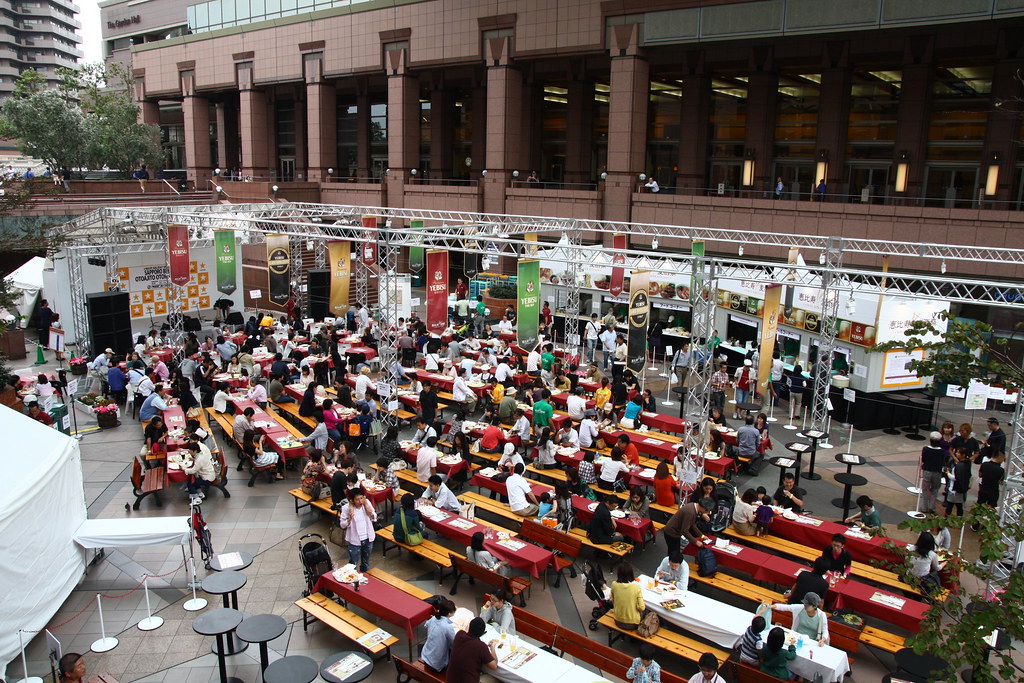
Seasonal rooftop and outdoor venues transform urban spaces into convivial dining areas during Japan’s hot months. These establishments offer chilled beer alongside grilled meats, seafood, and refreshing salads, creating a social atmosphere where colleagues and friends gather to escape the summer heat enjoying the evening breeze and city views, forming a part of the broader Summer culture.
Yatai Food at Summer Festivals (夏祭り・屋台の食べ物)
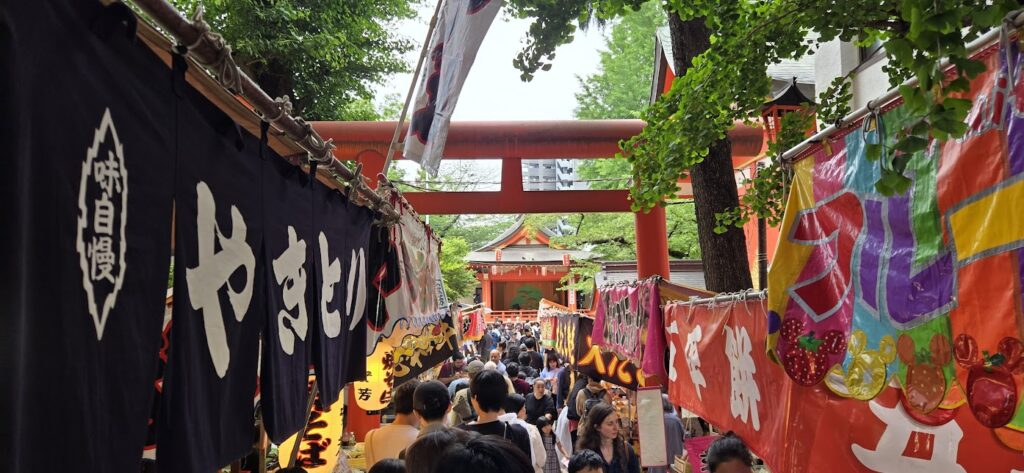
Traditional mobile food stalls appear at summer festivals throughout Japan. They serve iconic street foods like yakitori, takoyaki, kakigōri, and taiyaki. Yakitori are grilled chicken skewers, while takoyaki are octopus balls. Kakigōri is shaved ice, and taiyaki are fish-shaped pastries. These colorful stalls create a festive atmosphere with their distinctive calls and aromas. They offer affordable, handheld delicacies that festival-goers enjoy while watching fireworks. People also enjoy them while participating in traditional games. This makes them integral to the Summer Food experience.
Conclusion
Summer Japanese Food represents far more than mere seasonal sustenance. It is an intricate cultural tapestry, deeply interwoven with Japan’s hottest months. Strategic consumption of diverse seasonal dishes is fundamental to appreciating Japanese summer culture. These dishes range from cooling noodles to stamina-boosting eel. Scholarly resources continue to illuminate the profound depth of this seasonal gastronomy. Informed exploration of these gastronomic offerings can significantly enhance understanding of Japanese summers. It can also improve experiential enjoyment of the summer season in Japan. This overview intends to serve as a valuable academic guide. It targets those seeking to engage with unique culinary traditions associated with Summer Japanese Food.
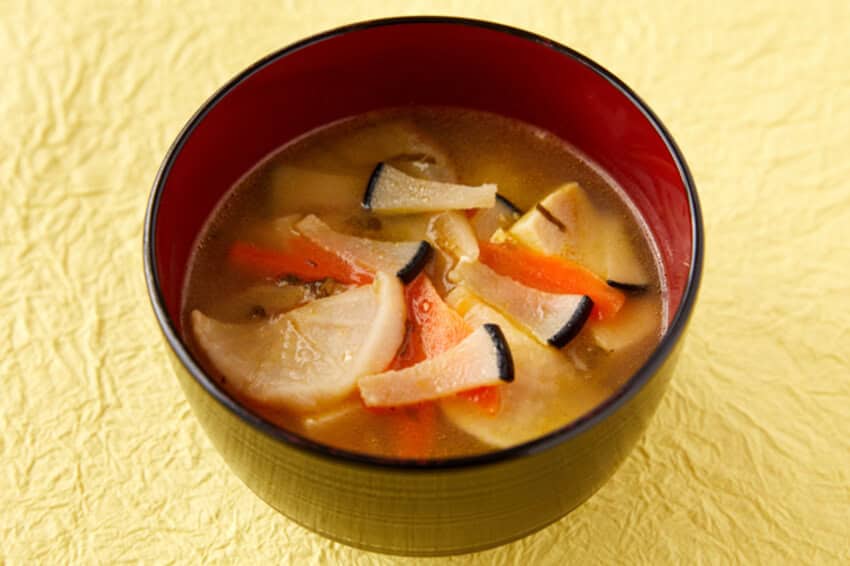
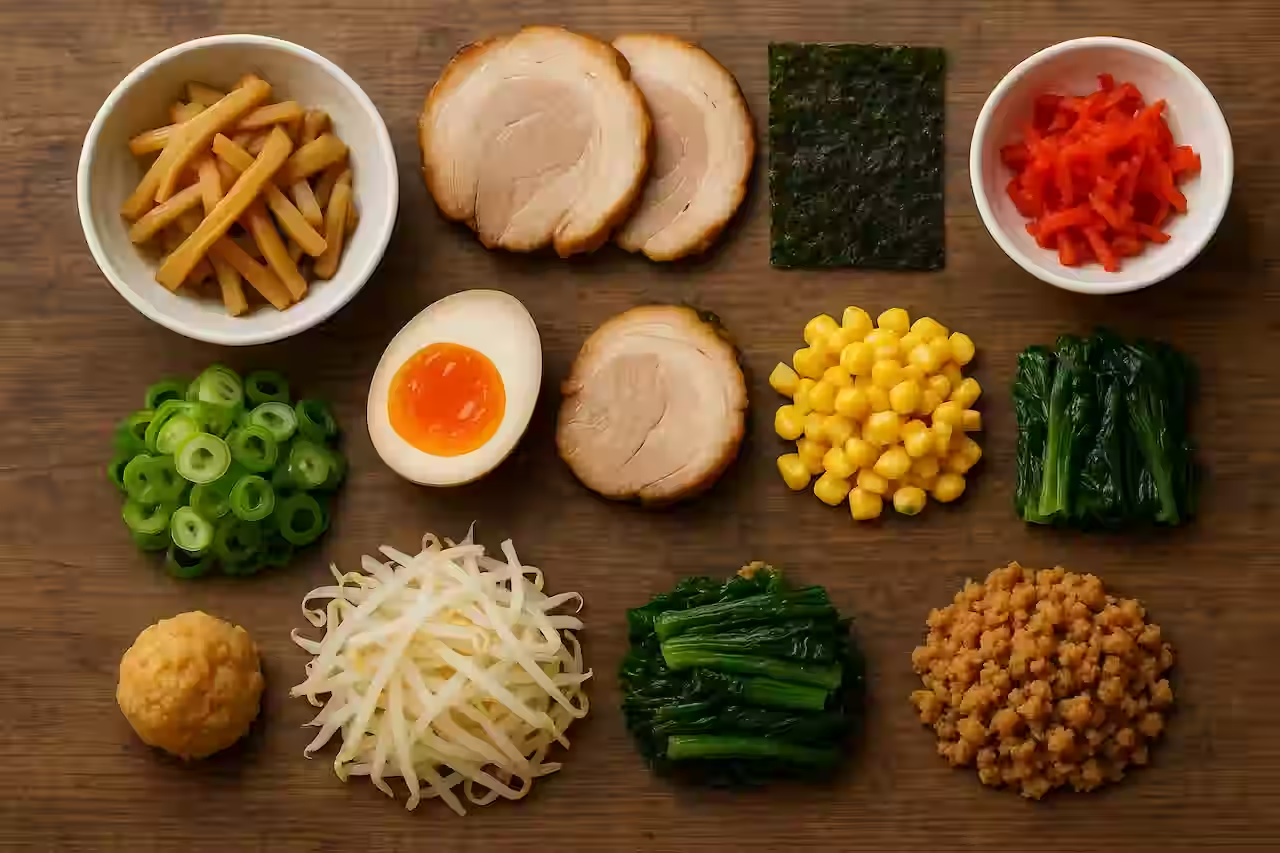
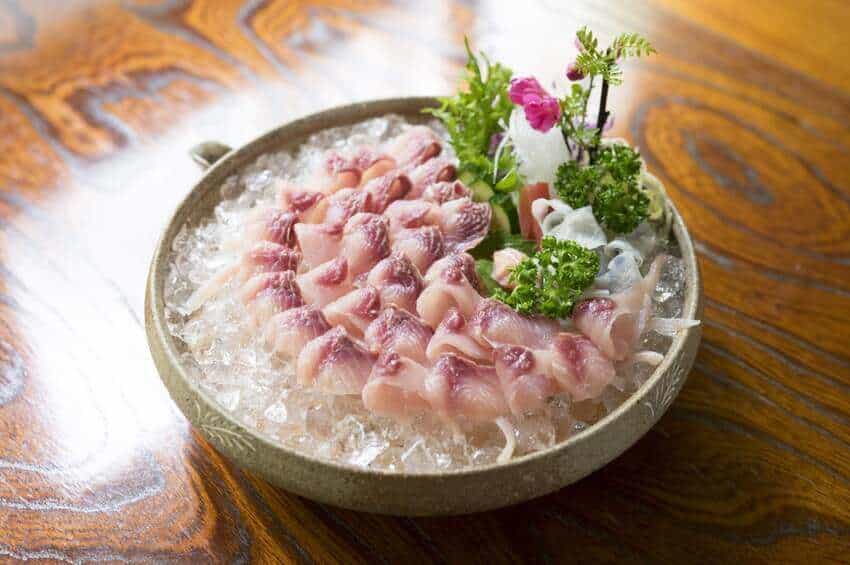
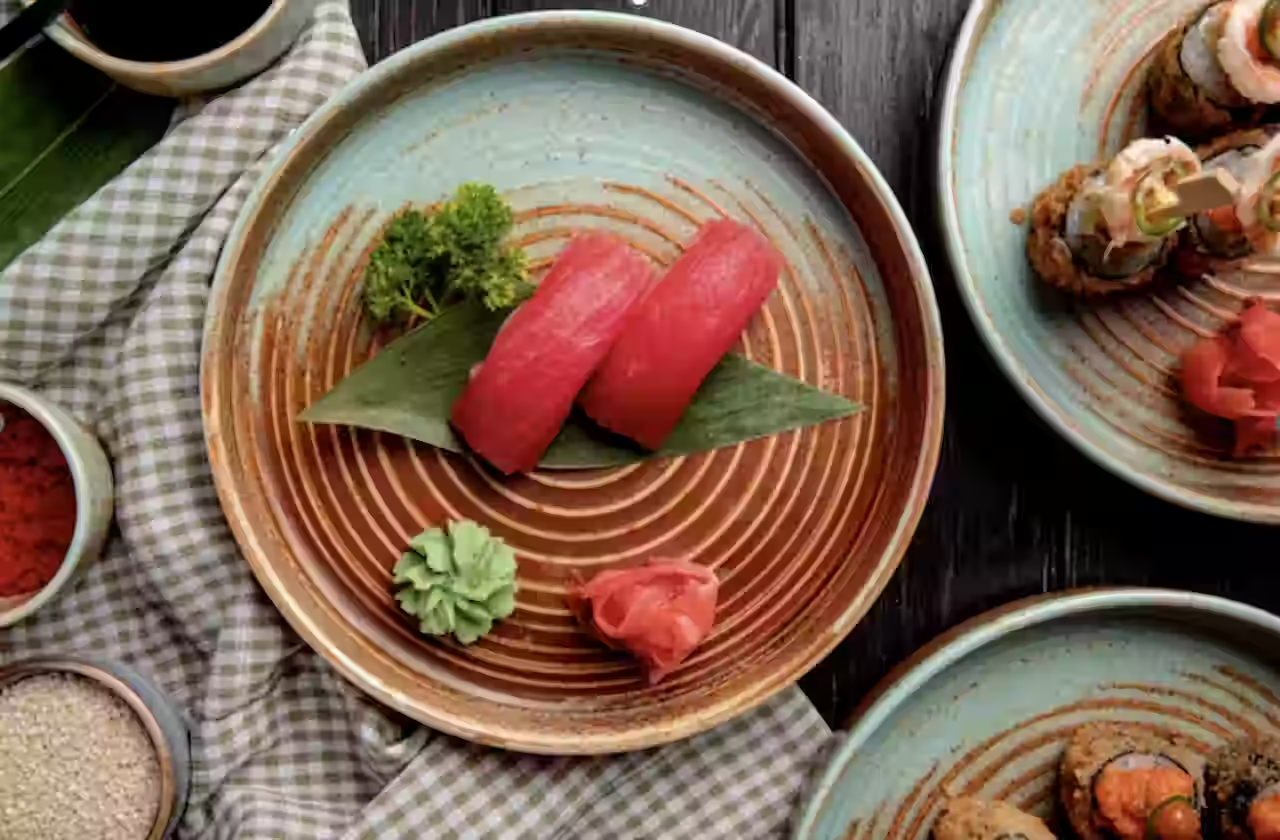
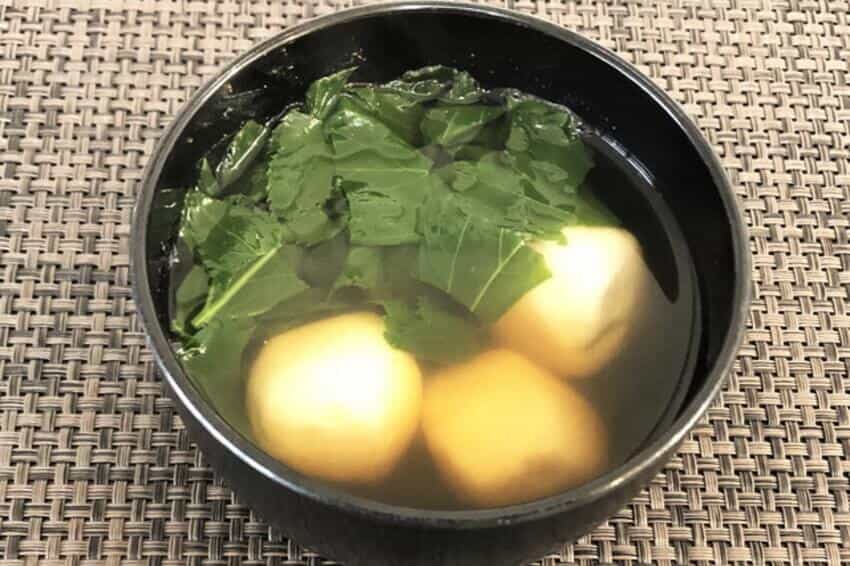

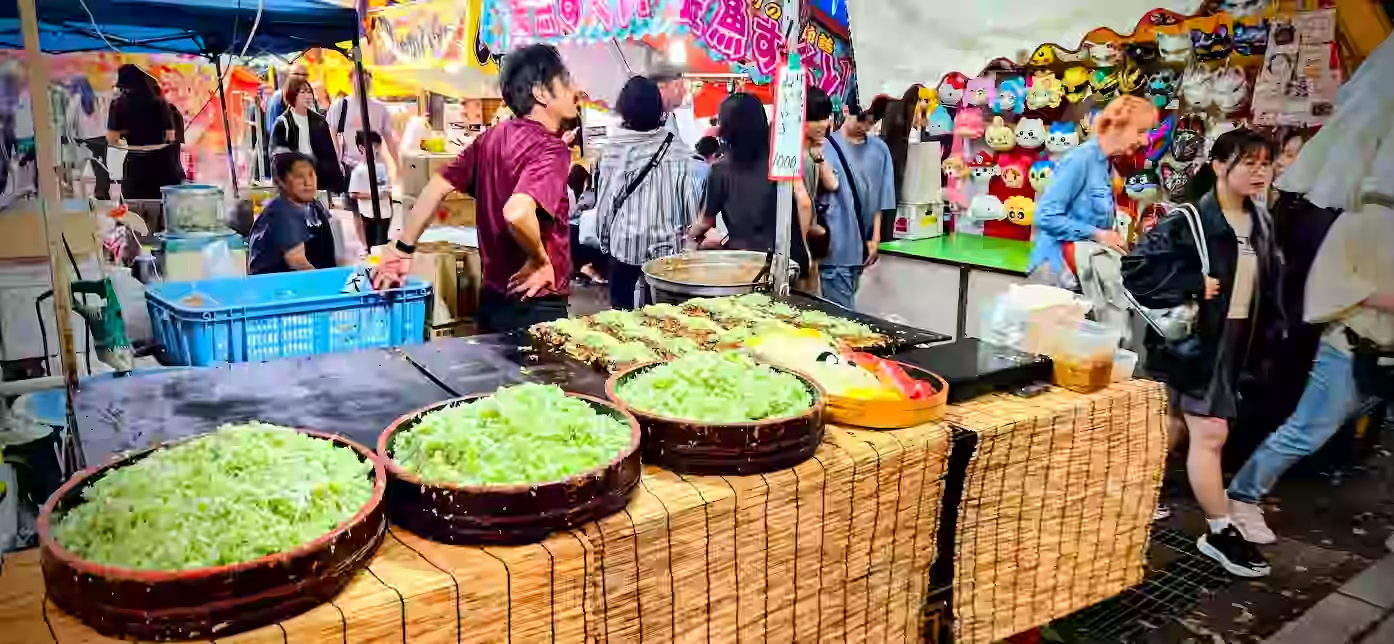
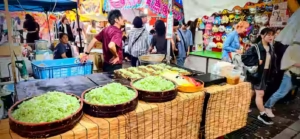
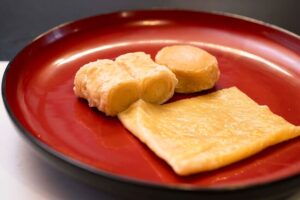
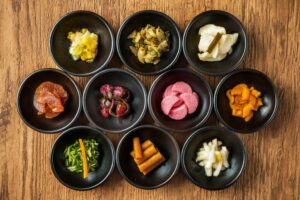
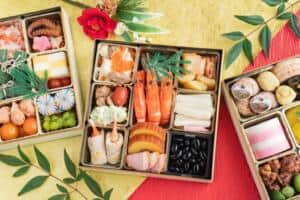
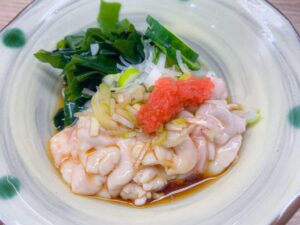
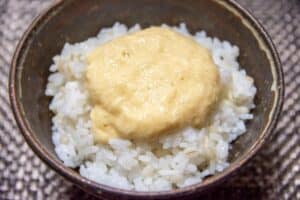
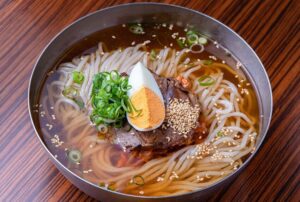
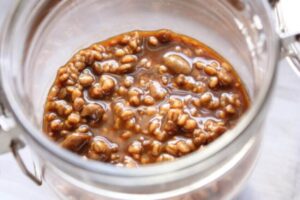

Comments